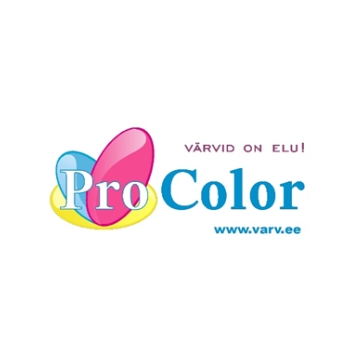The evolution of car paint technology
The journey of car paint technology is a fascinating tale of innovation, chemistry, and the relentless pursuit of durability and beauty. From the early days of simple varnishes to today's advanced coatings, the evolution of car paint has been driven by both aesthetic desires and practical needs.
The earliest automobiles were painted much like horse-drawn carriages—using brushes and oil-based paints. These paints took days to dry, were not durable, and offered limited color choices. The quest for quicker drying times, better protection, and more vibrant colors led to the first major breakthrough: nitrocellulose lacquers.
As the automotive industry grew, so did the demand for improved paint technologies. Alkyd enamels provided a tougher, more durable finish. Synthetic resins were introduced, which allowed for faster drying times and a wider range of colors.
The Age of Acrylics and the Rise of Basecoat/Clearcoat Systems
Acrylic paints emerged in the 1950s, offering improved color retention and durability. They also paved the way for the development of metallic paints, which added a new dimension to automotive finishes.
The 1980s saw the introduction of basecoat/clearcoat systems, which became the industry standard. This two-step process involves applying a color basecoat followed by a clearcoat, providing enhanced protection and a high-gloss finish.
Modern Innovations in Car Paint Technology
Environmental regulations have driven the adoption of waterborne paints, which contain fewer volatile organic compounds (VOCs) than traditional solvent-based paints. These paints are not only better for the environment but also provide excellent color matching and a smooth finish.
Urethane and polyurethane paints are known for their exceptional durability and resistance to chipping and fading. They have become popular choices for both OEMs and aftermarket applications.
Nanotechnology has revolutionized car paint by improving scratch resistance and creating surfaces that are easier to clean. Nano-particles are used to create coatings that bond at a molecular level, resulting in a stronger and more resilient finish.
Smart Paints and the Future of Automotive Coatings
Emerging technologies include self-healing paints that can repair minor scratches and blemishes on their own, maintaining the car's appearance over time.
Color changing paints, which can alter their hue based on temperature, light, or electric current, are on the horizon, offering customization options like never before.
Advancements in paint technology continue to focus on protective qualities, such as anti-scratch and dirt-repellent coatings, which keep cars looking newer for longer.






Comments (0)